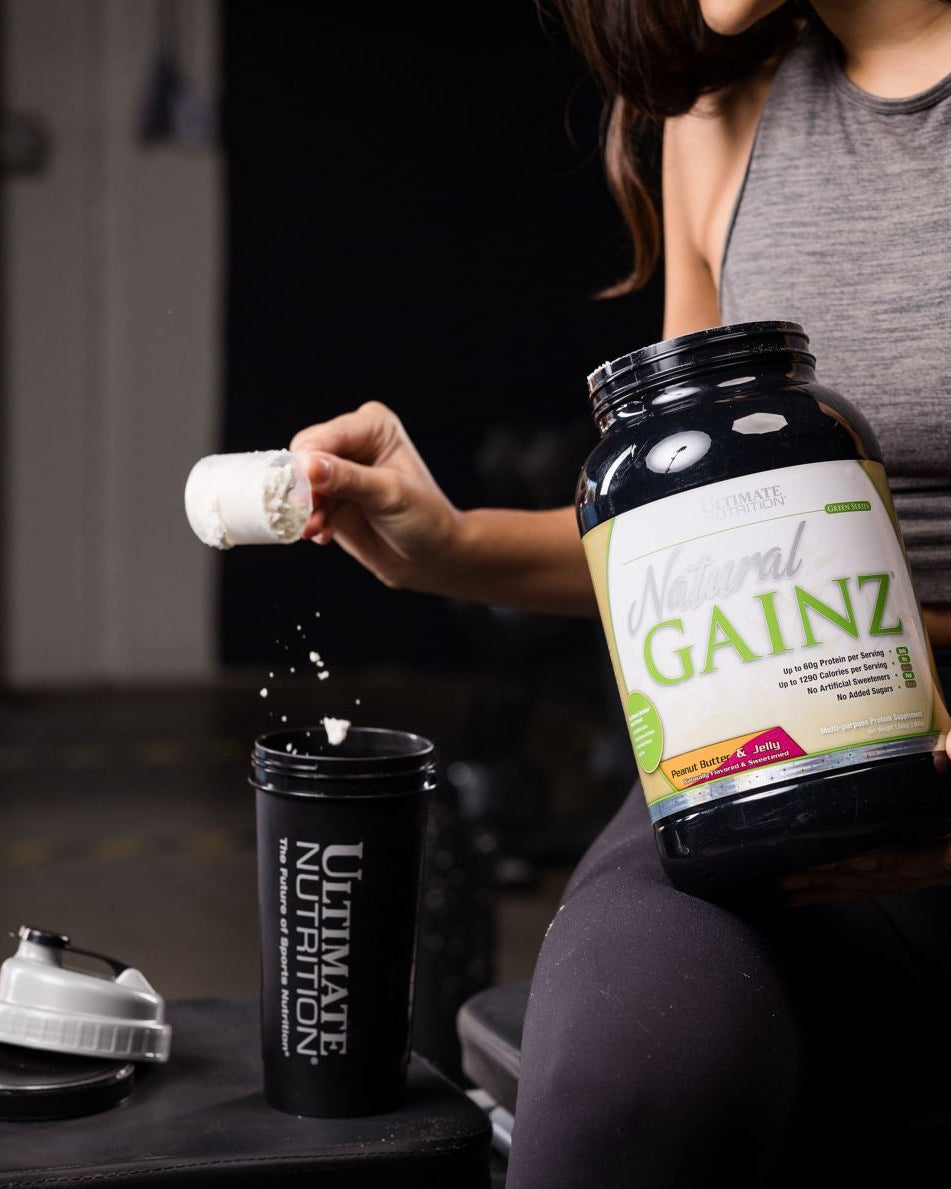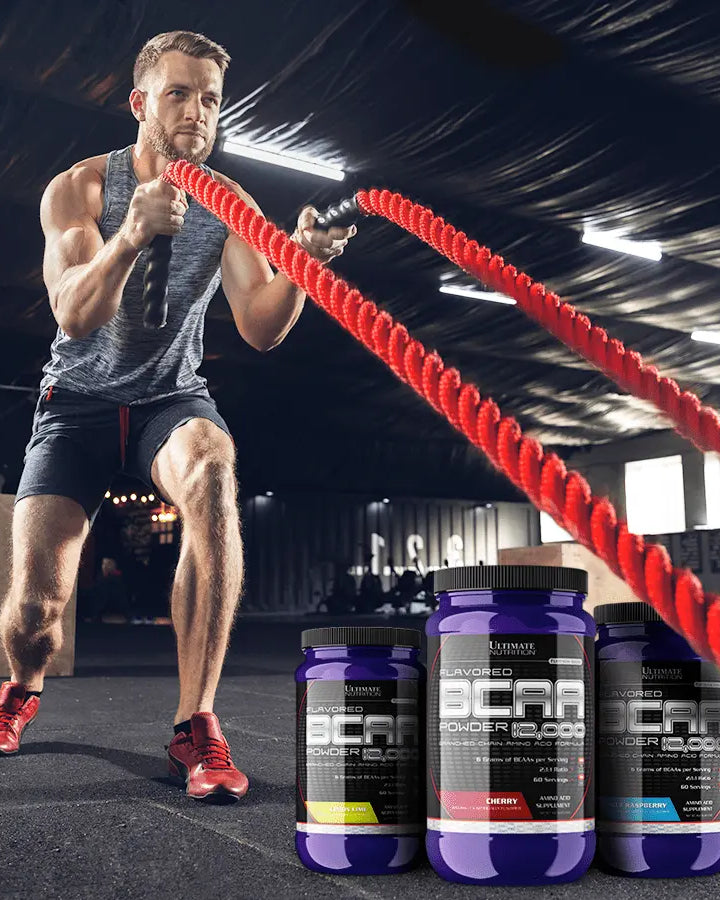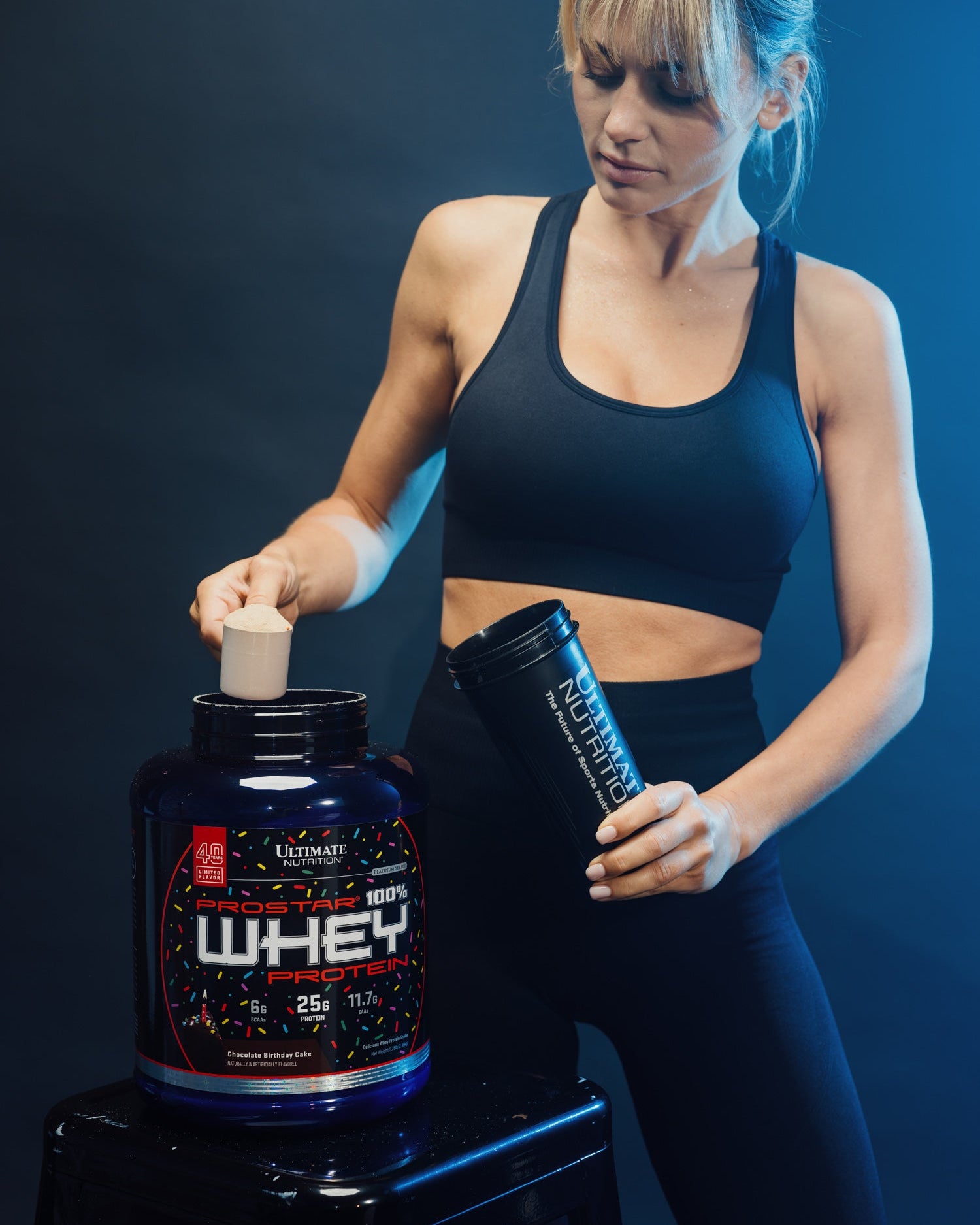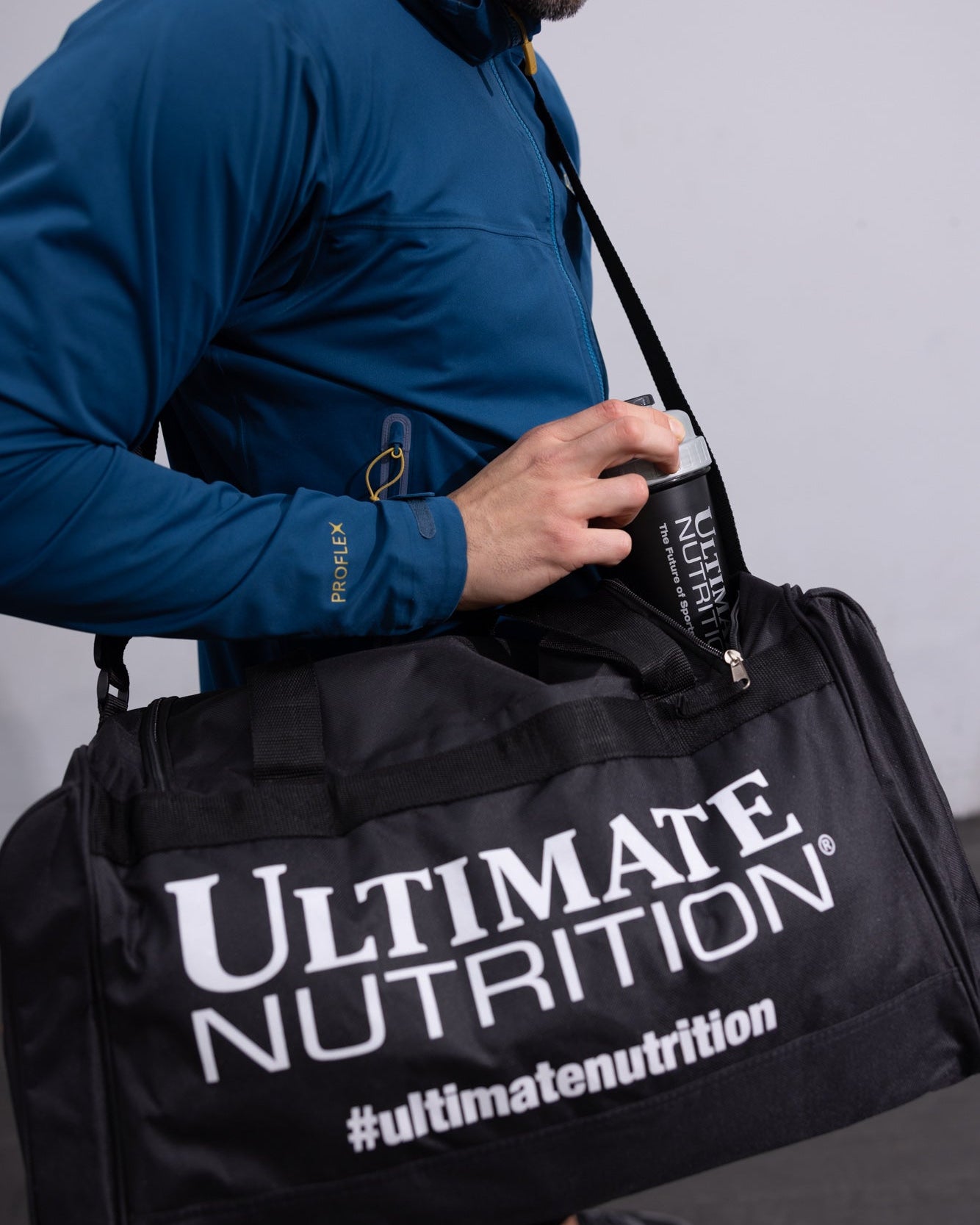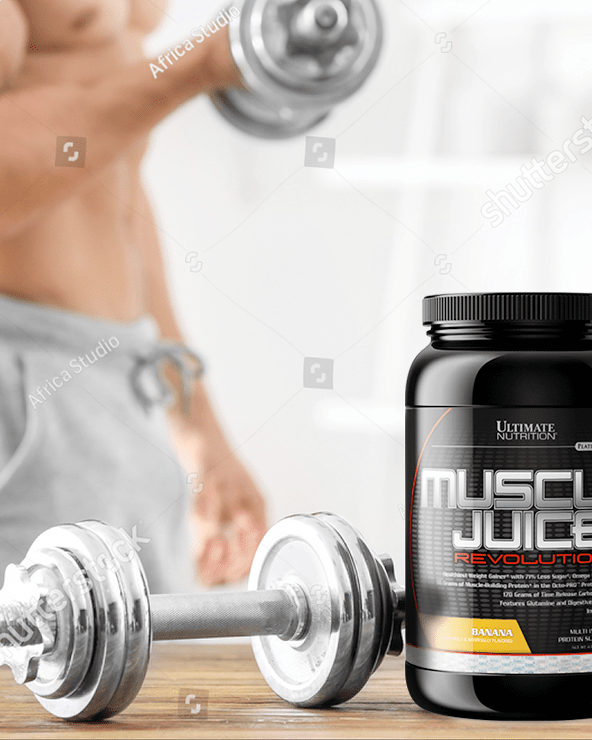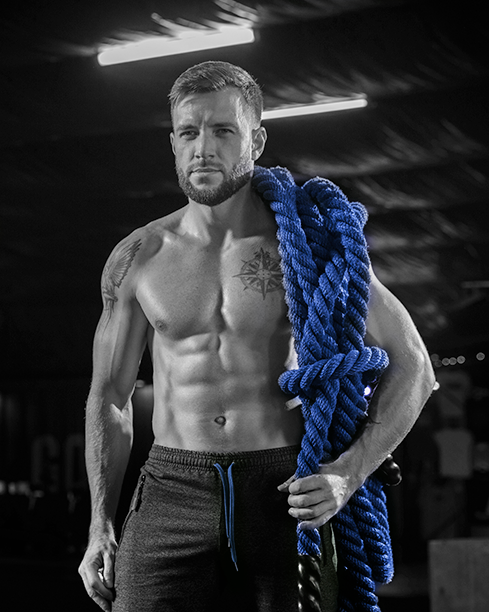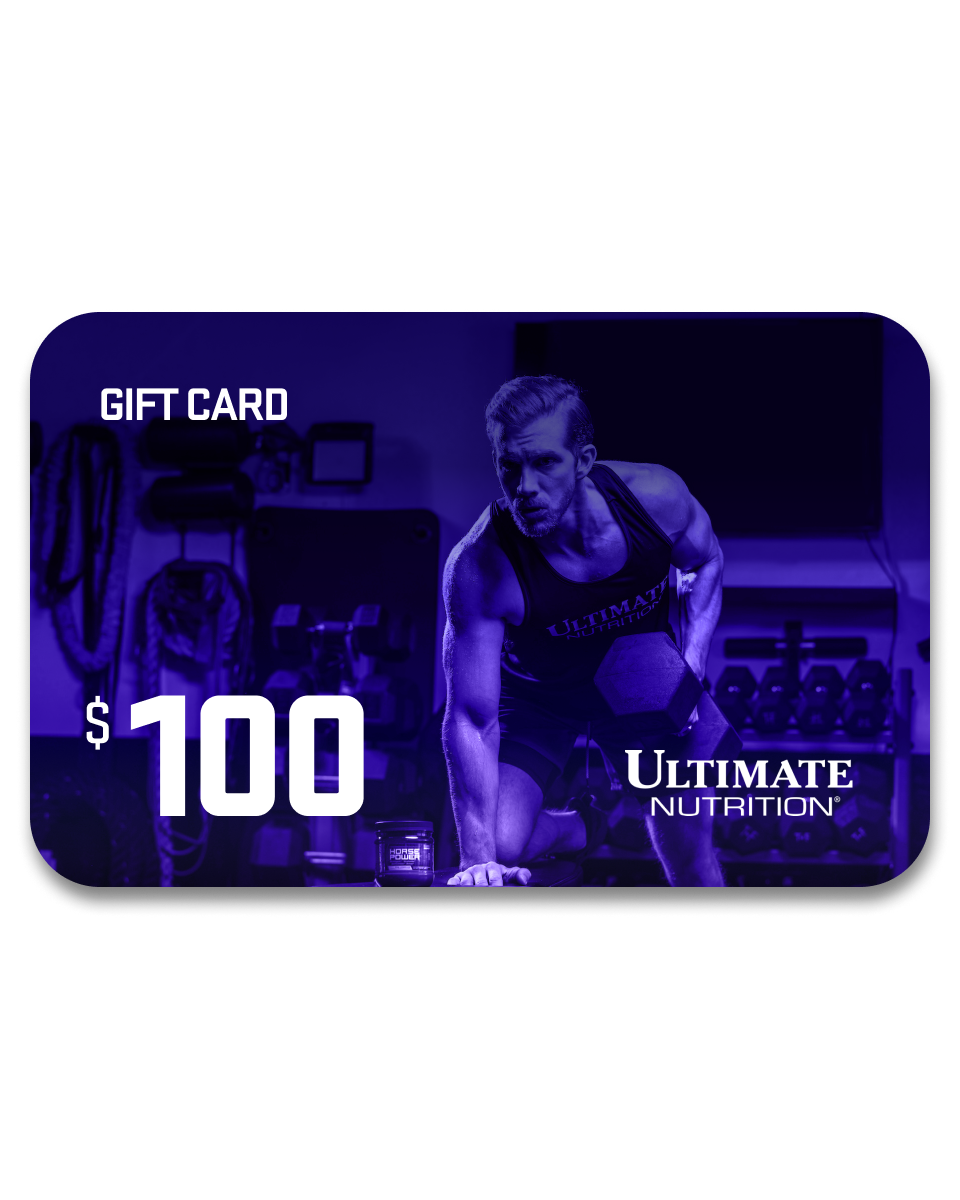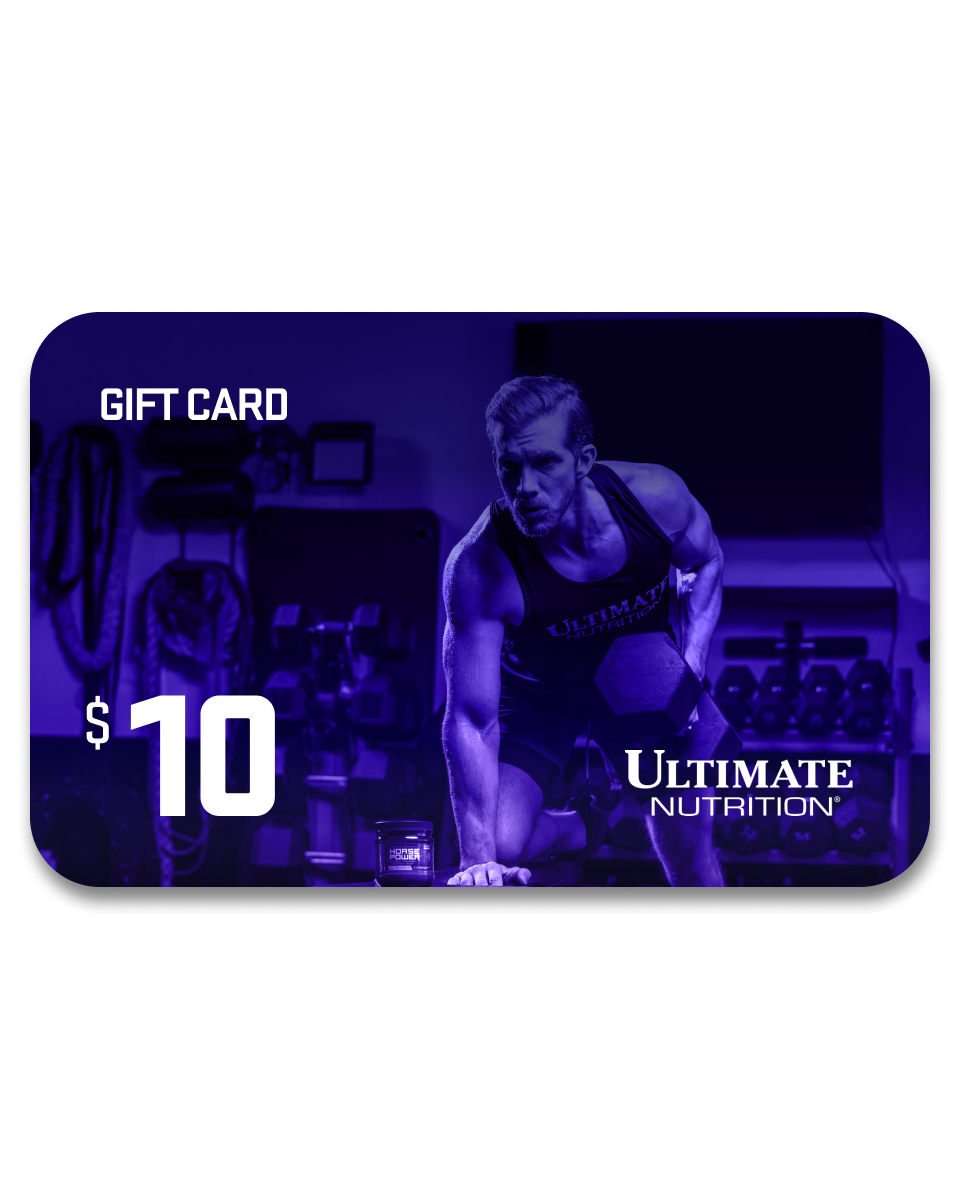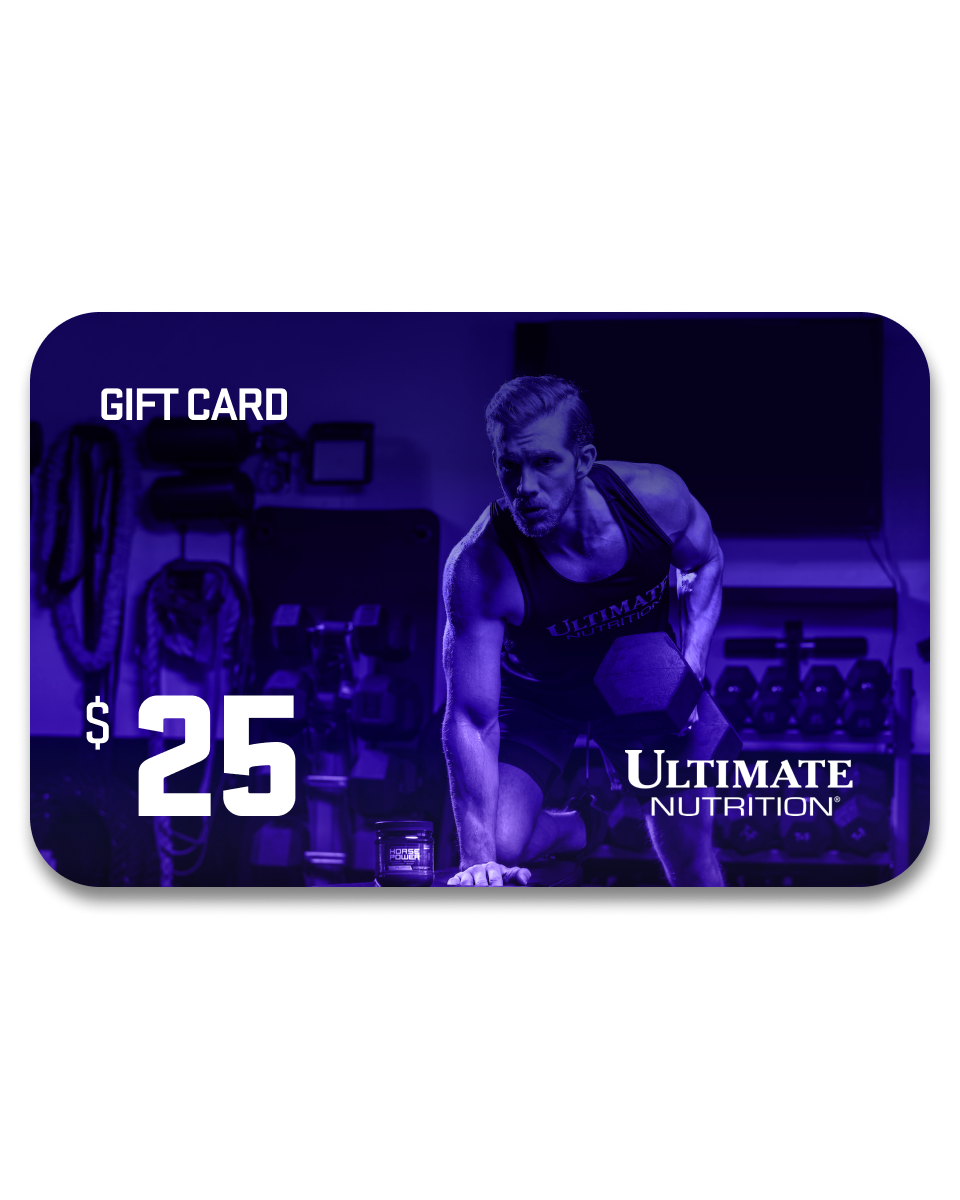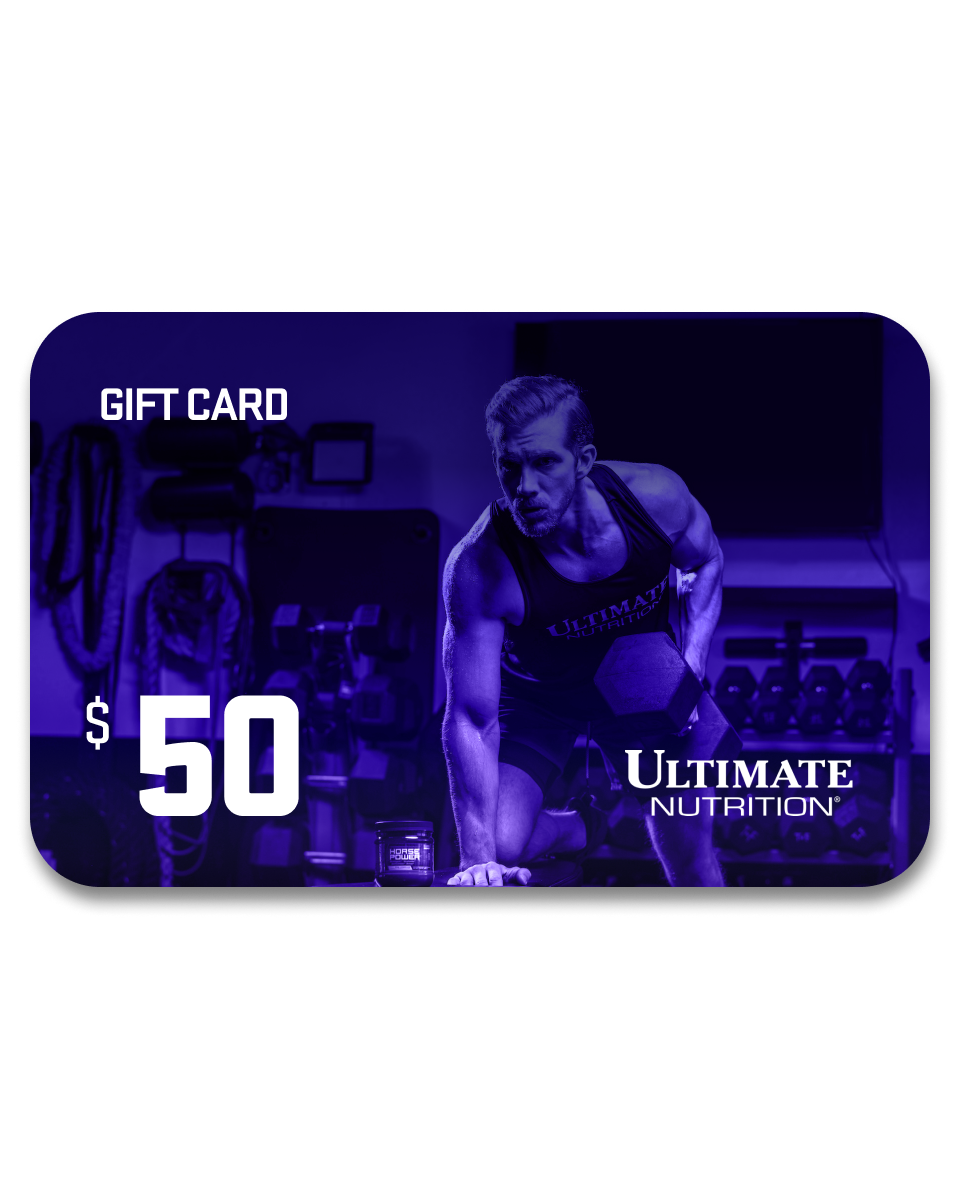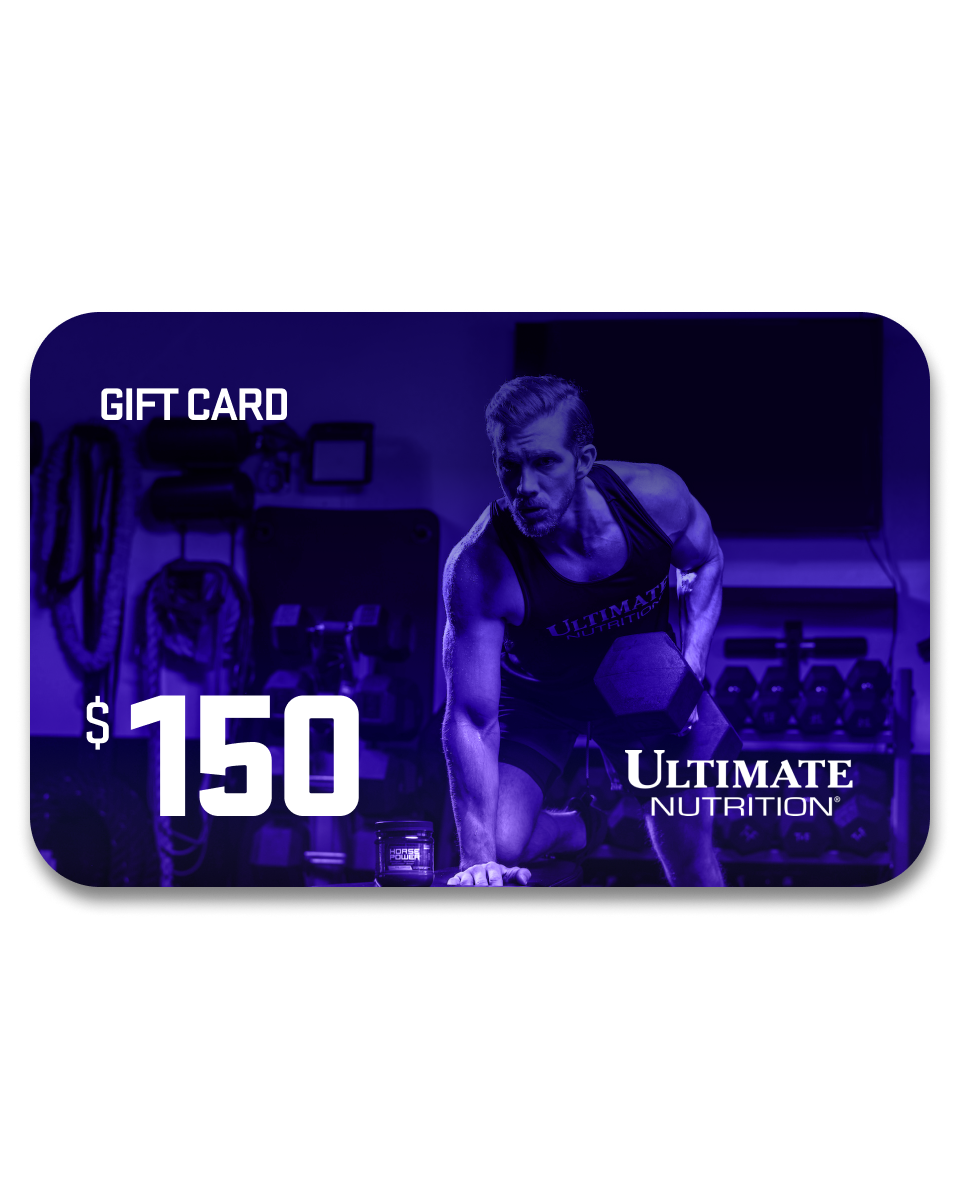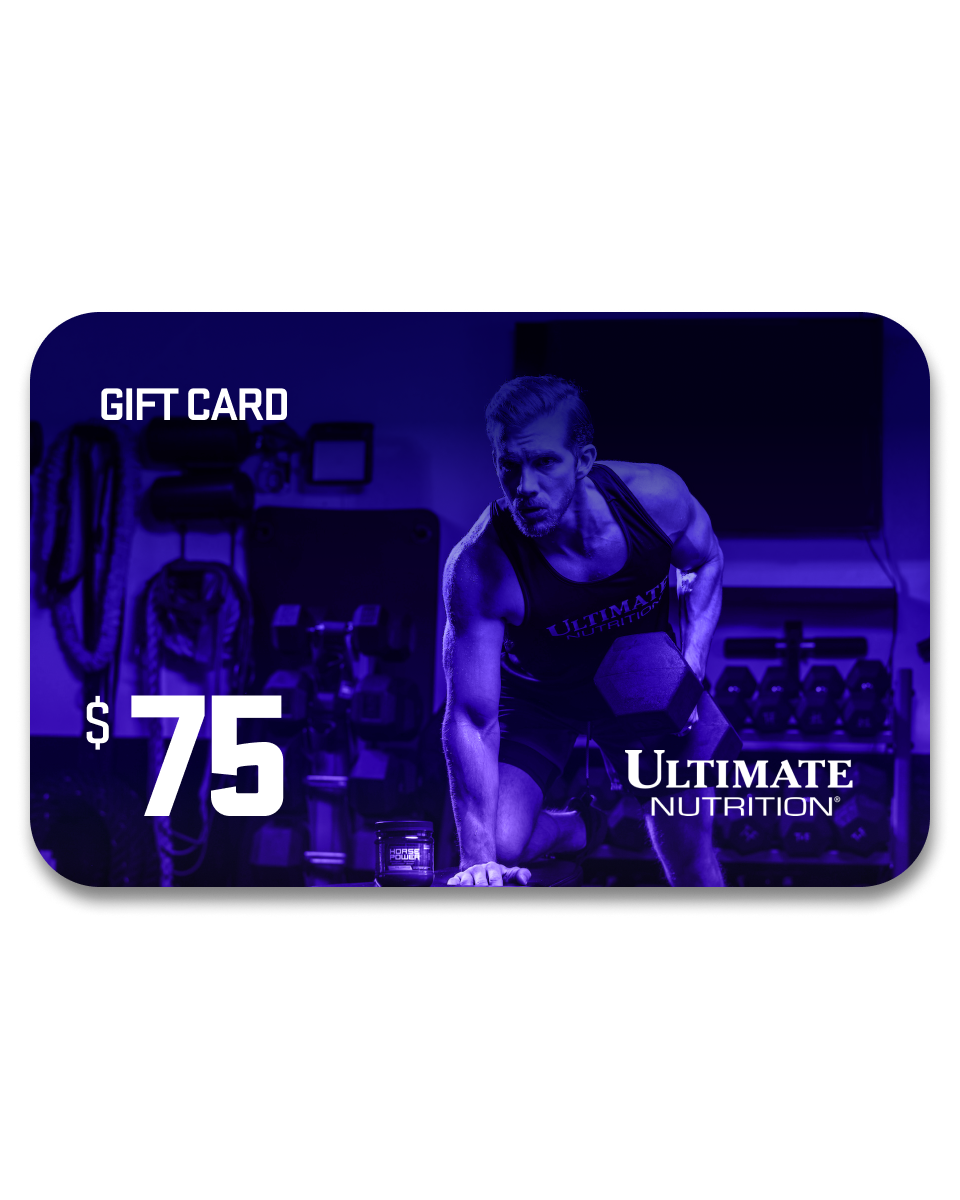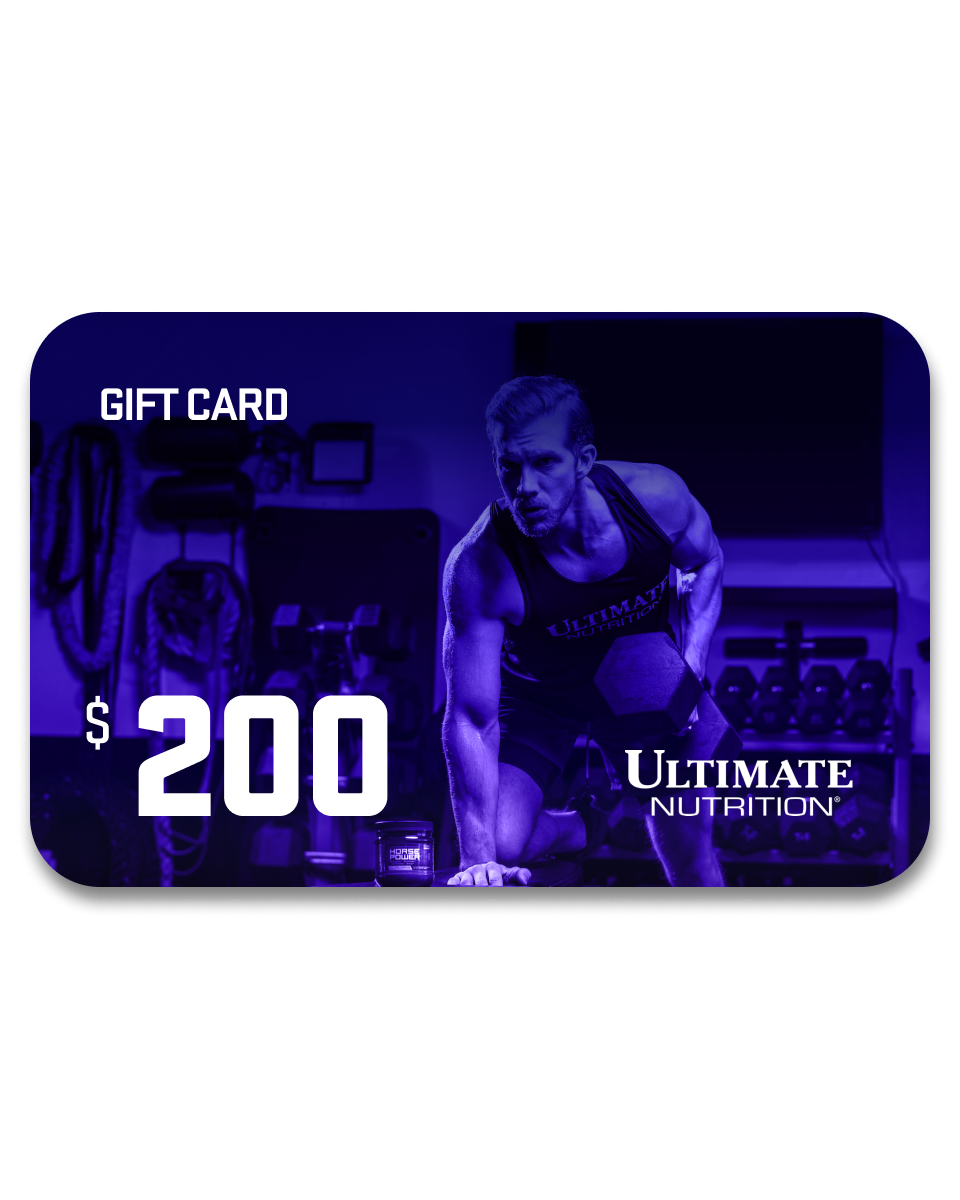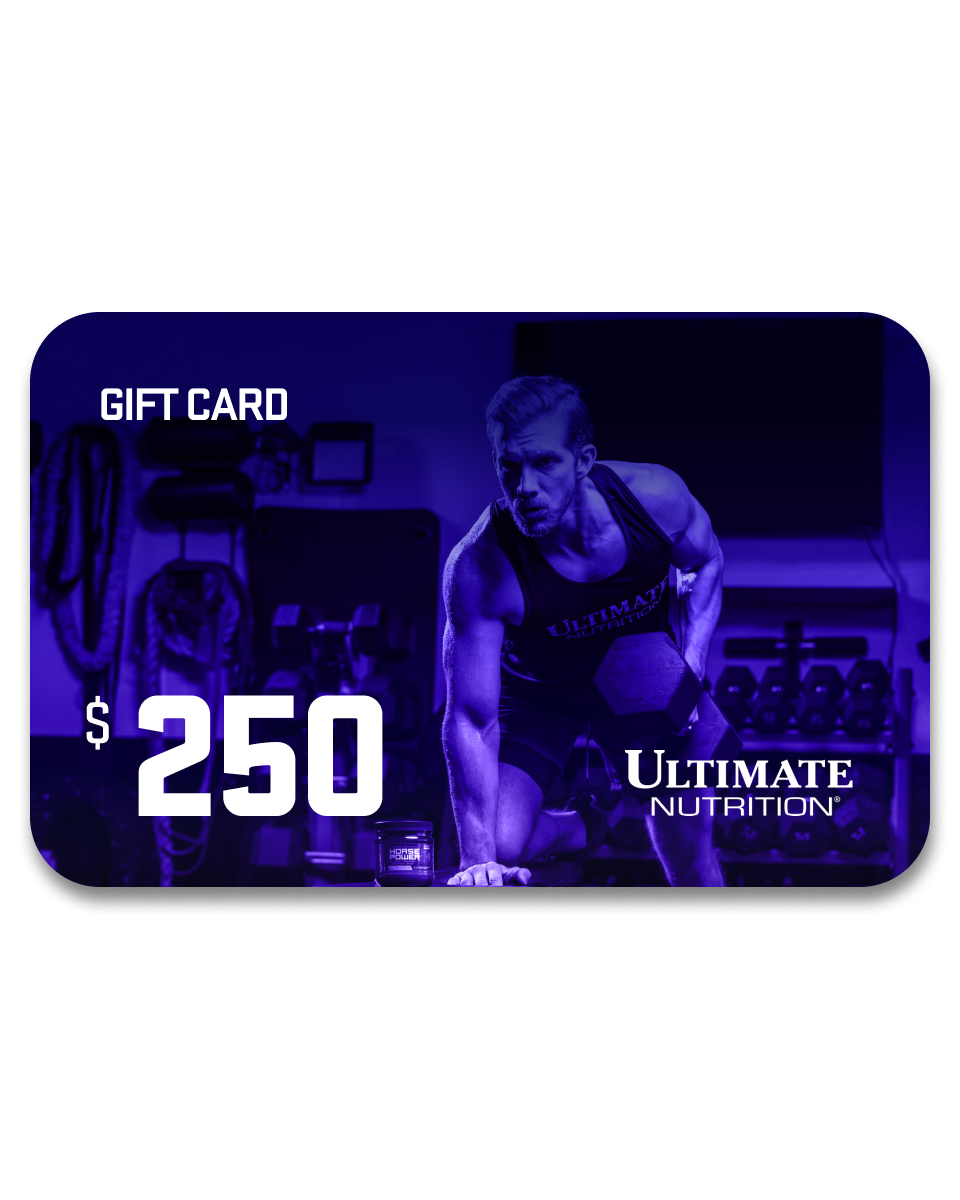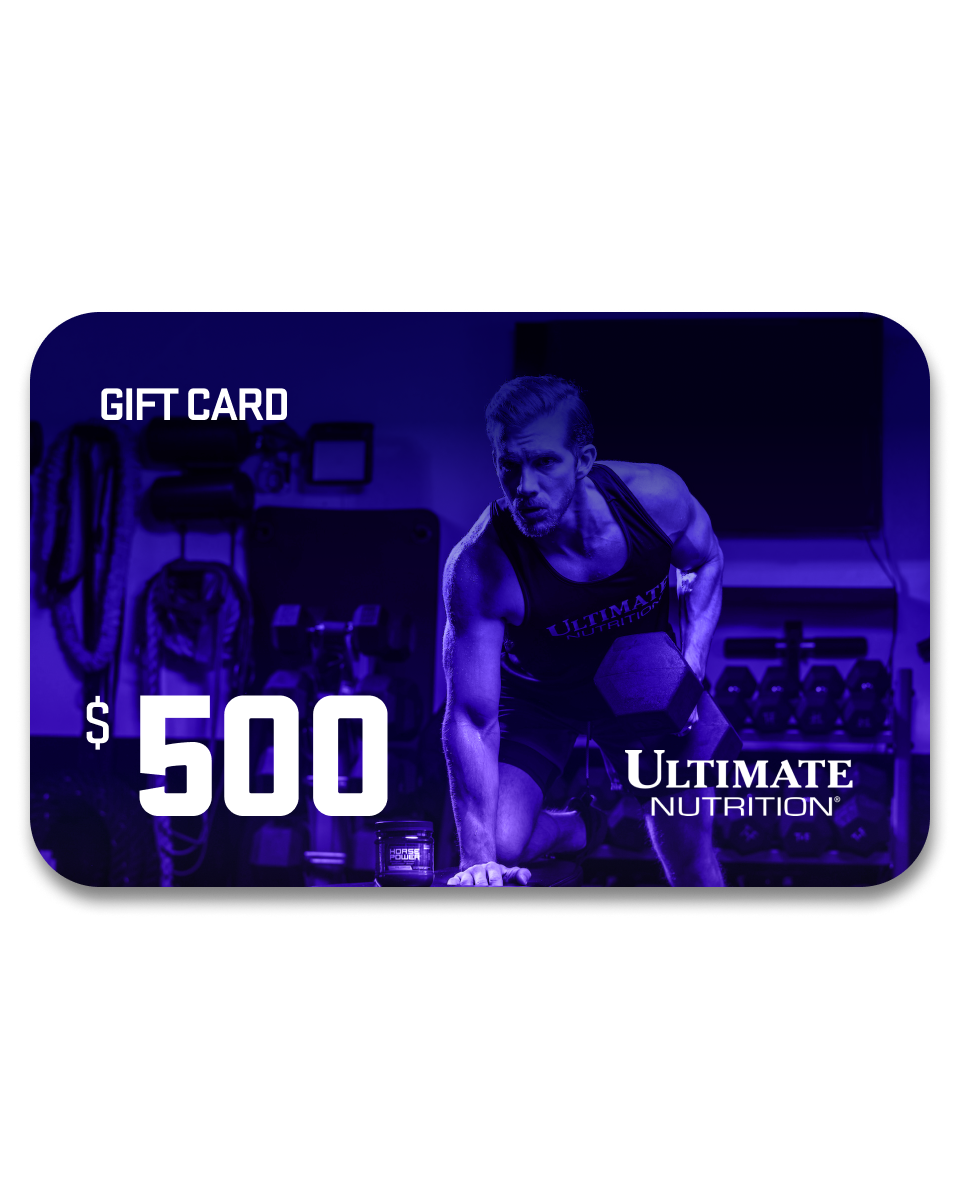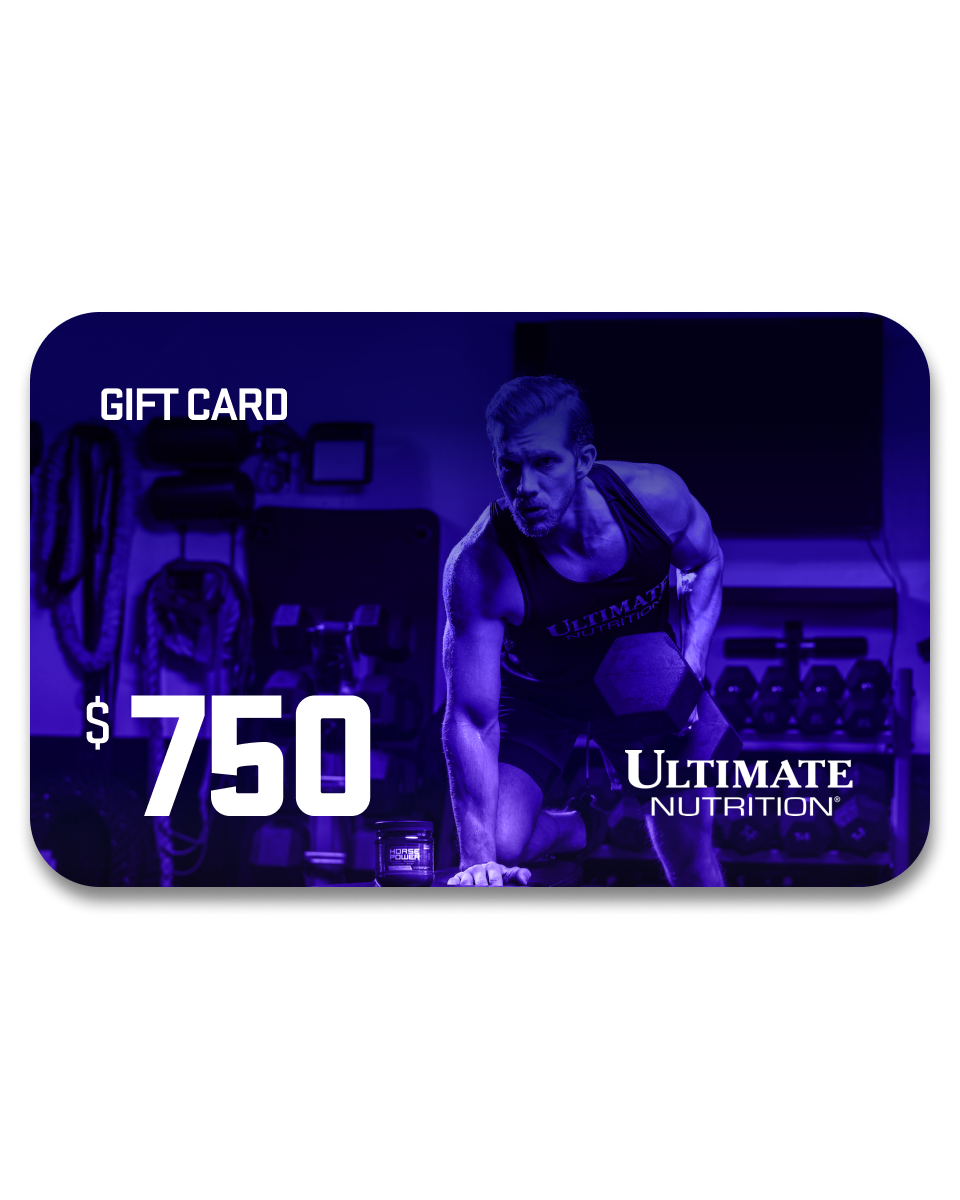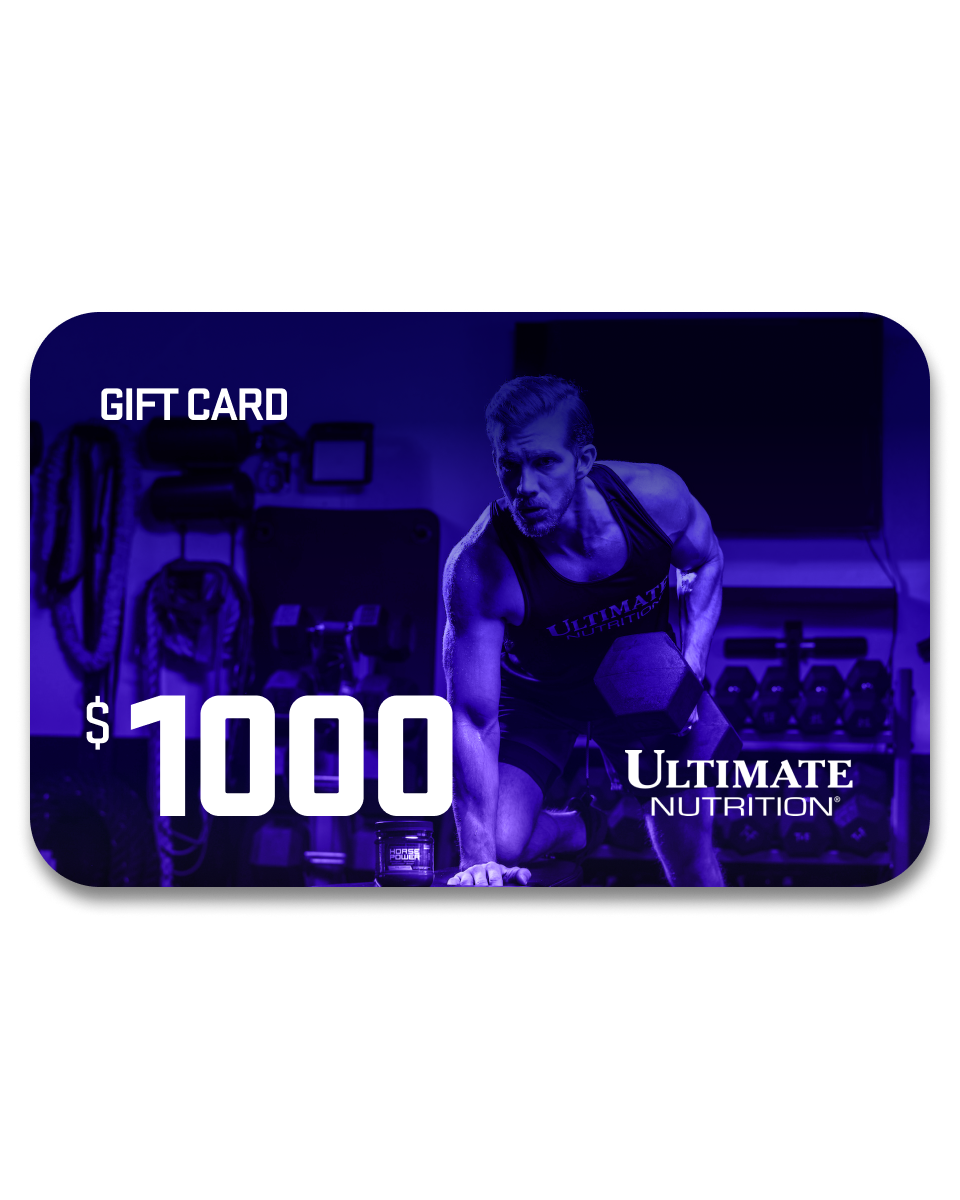Looking around the gym, you’ll see tons of different people. Some will look like you, and many will not. No matter the case, you can rest assured that whoever you encounter is there to accomplish their personal health and fitness goals.
All of us go to the gym with different aspirations. You might want to improve your heart health, increase your endurance, or be able to lift heavier weights. Whatever your goals, your diet will significantly impact whether or not you can achieve them.
You can take one of three basic approaches to your diet; you can choose to bulk, cut, or maintain. Depending on what stage of your fitness journey you’re in, you’ll lean towards one diet style over another.

What Is Bulking?
Bulking is about gaining weight, preferably muscle. To build muscle, you need to be eating in a calorie surplus. A surplus is when your caloric intake is greater than how many calories you burn. The goal is for your extra calories to convert to strength and, ultimately, muscle.
3 Reasons to Bulk

How Many Calories Should You Eat While Bulking?
It’s challenging to get a bulk right. You want your weight gain to come from muscle, not fat. Generally, you can expect to gain .5 to 2 pounds of muscle each month, depending on your body and training regimen. If your weight gain exceeds this range, it’s more likely to increase body fat rather than muscle.
To ensure your weight gain comes from muscle mass, you’ll want to eat only a slight surplus. Start by eating 5-10% more than your maintenance calories. This will equate to a few hundred calories over maintenance levels.
You can always eat in a greater than 10% surplus; just be sure to put those extra calories towards some solid gym sessions. Consuming more than you can turn into muscle will make the cutting season a lot tougher to succeed in.
What Is Cutting?
Cutting is when you eat in a calorie deficit; in other words, you burn more calories than you consume. As you eat in a deficit, you’ll lose weight. The goal is to lose body fat while maintaining your muscle.
If you continue to weight train and eat an adequate amount of protein, you should be able to retain the muscle mass you’ve worked so hard to build in a bulking phase. A cutting phase is about weight loss and becoming leaner.
3 Reasons to Cut
- You’re feeling worn down: When you’re at a higher body fat percentage, you might feel more discomfort throughout the day. Extra body fat can lead to additional joint discomfort or difficulty breathing. Shedding some body fat can help alleviate joint pain and take pressure off of your heart and lungs.

How Many Calories Should You Eat While Cutting?
Cutting is a matter of being in a caloric deficit, so you’ll need to calculate your maintenance calories. Once you know your maintenance, you can plan out your cut.
For a slower cut, a decrease of 10-15% from your maintenance calories is advisable. You can start with a reduction of 10% for a few weeks, and see how things go. If fat is being lost, stay with the 10% deficit. If your weight loss stalls, you can lower to a 15% cut. Once things stall again, take it to 20%.
Although you might be tempted to go straight to a 20% deficit, cutting too quickly can have negative consequences. It’s not always the fewer calories, the better. If you’re cutting too quickly, you might start to see strength and muscle loss (which nobody wants). The longer you spread out your cut, the better chances you have of keeping on all the muscle you built while bulking.
Can You Bulk and Cut?
It’s not possible to bulk and cut at the same time, but there is a third option that might be of interest to you. The middle ground between bulking and cutting is ‘maintaining.’ Maintaining is a phase with controversy. While some believe you get the best of both worlds by maintaining, others feel it can delay you from accomplishing your goals.
Maintaining is when your caloric consumption and physical exertion are balanced to maintain your current body weight. When your caloric intake matches your calories burned, your weight will remain the same.
The hope with maintaining is that you continue to put on muscle slowly without gaining body fat. In maintenance, you’re trying to maintain the same weight but change your body composition to be more muscle and less fat.
As you put on muscle, your maintenance calories will increase, and you’ll have to adjust accordingly. If you keep up with eating at maintenance, you’ll continue to put on lean muscle without adding unwanted body fat. Even better, you’ll gain muscle and lose fat.
3 Reasons to Maintain
How Many Calories Should You Eat While Maintaining?
Calculating your maintenance calories can never be done perfectly. Your daily caloric exertion is a combination of how many calories your body burns at rest and how many calories you burn from doing anything additional like walking and exercising.
There are plenty of calorie calculators on the internet that you can use to get a rough estimate of your maintenance. You’ll have to use one calculator to find out your BMR (the calories you burn at rest) and others to find out how many you burn from other activities. Although not precisely accurate, activity tracking devices like smart watches and bracelets are of great help as well.

Should You Bulk Or Cut First?
If you don’t want to maintain, you’ll have to decide whether you should cut or bulk. Revisit the various reasons you would choose one phase over another and decide which goals you want to prioritize.
Start with a bulk if you’re comfortable with your current body fat and want to focus on building strength and muscle. Start with a cut if you want to get leaner before going through a muscle-building phase.
No matter what phase you decide to start with, Ultimate Nutrition is around to help. In a cut, appetite suppressants, high-protein recipes, and fat burners can make all the difference. While bulking, weight gainers, dense protein powders, and muscle-building supplements will make the process easier.
You should be proud of taking the first steps to work on your body and achieve your goals. Deciding whether you should bulk or cut is a personal decision, and only you know what you want. Once you make your choice, you can visit Ultimate Nutrition and shop by the products you need and continue working towards your goals.

